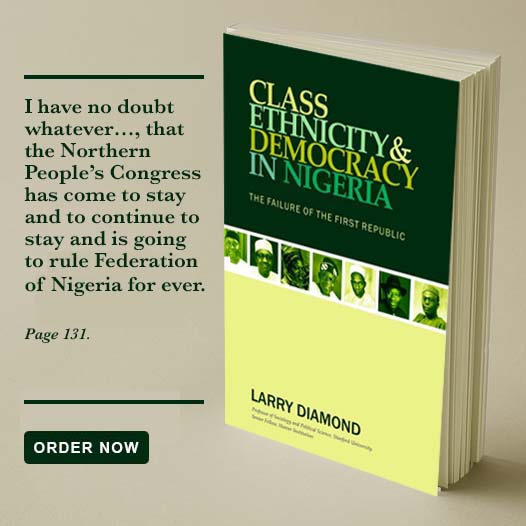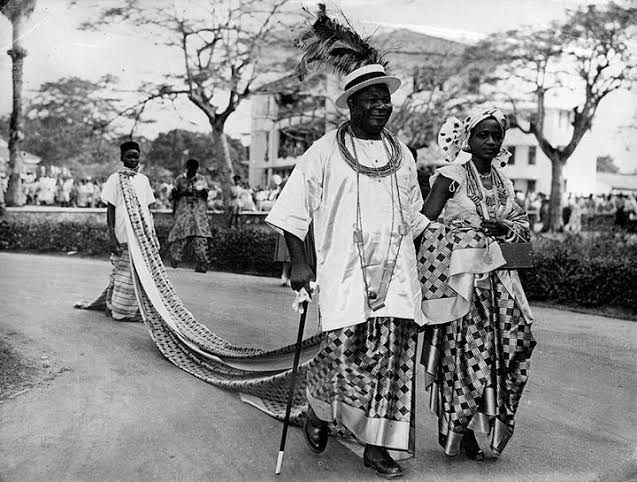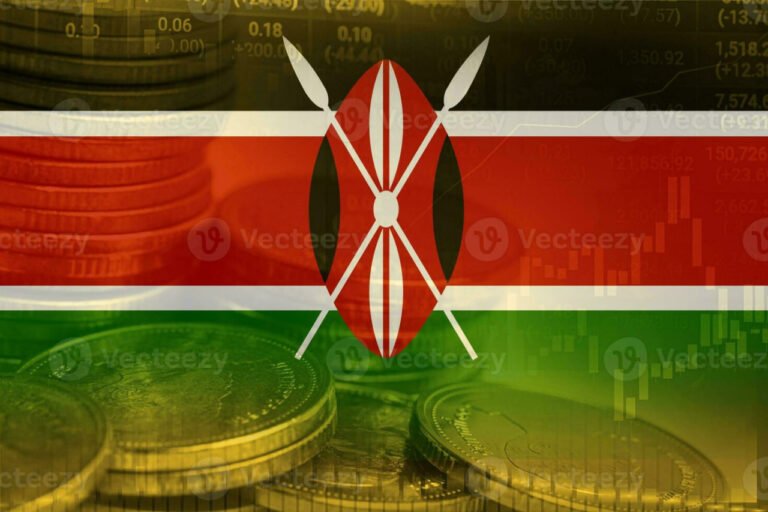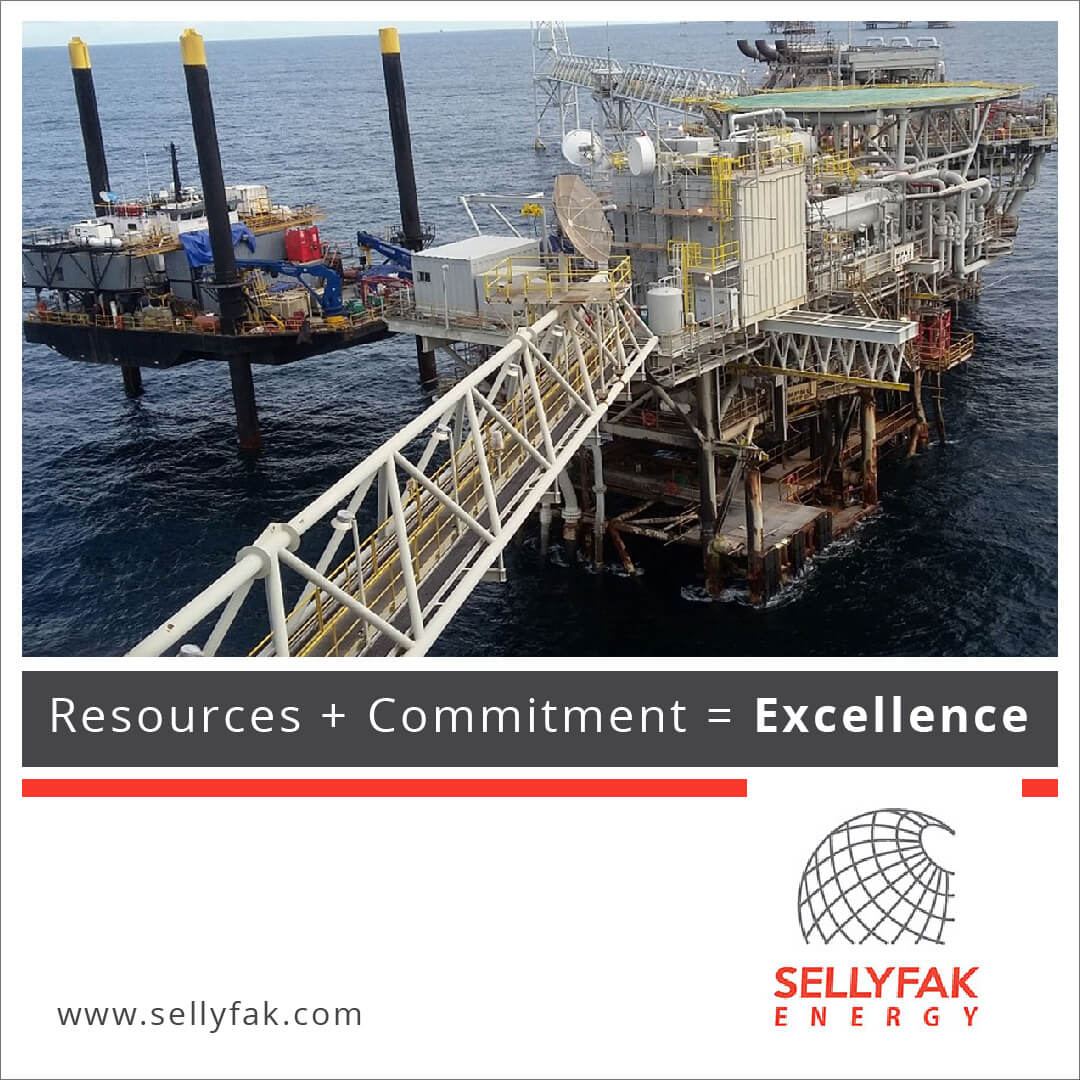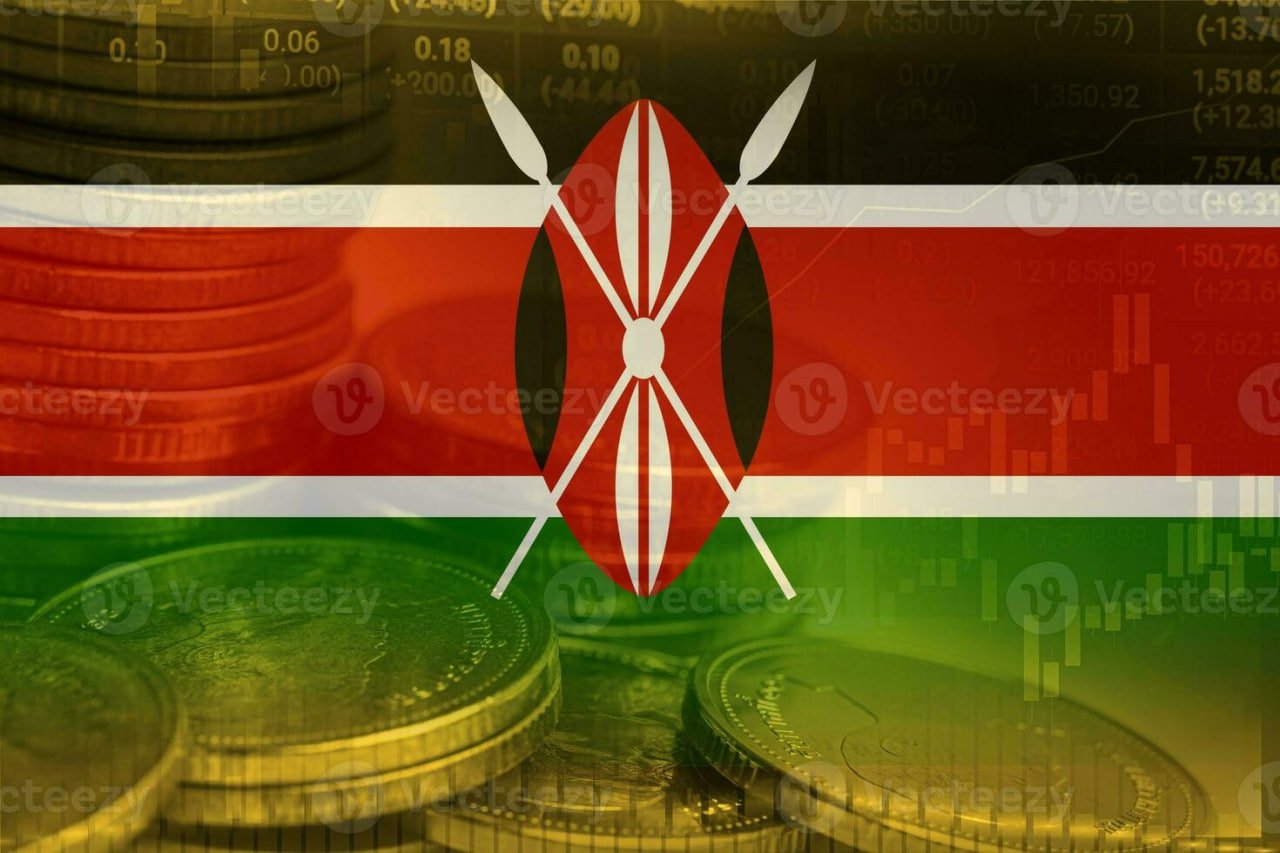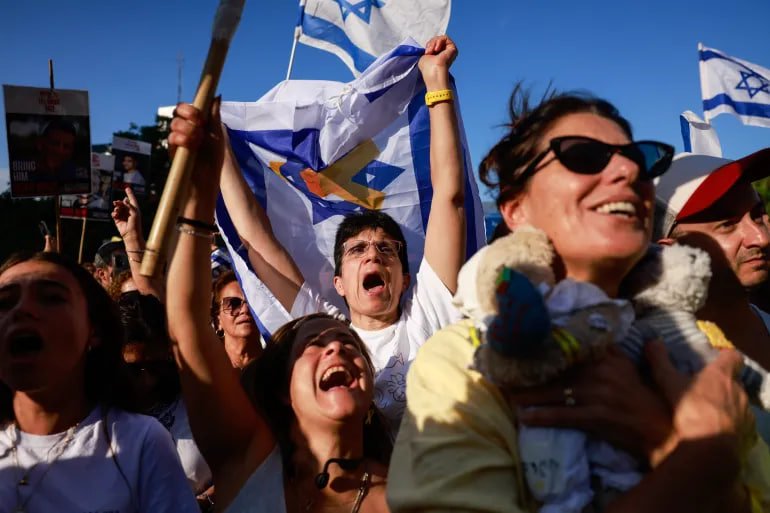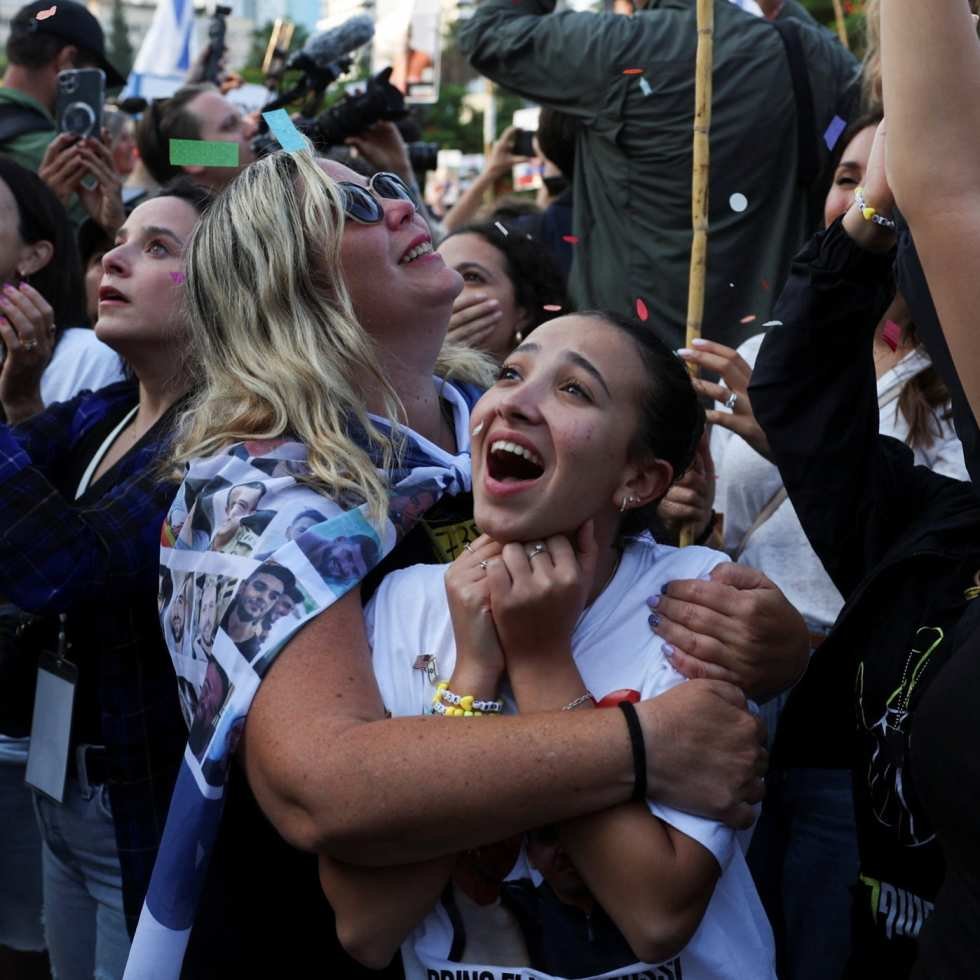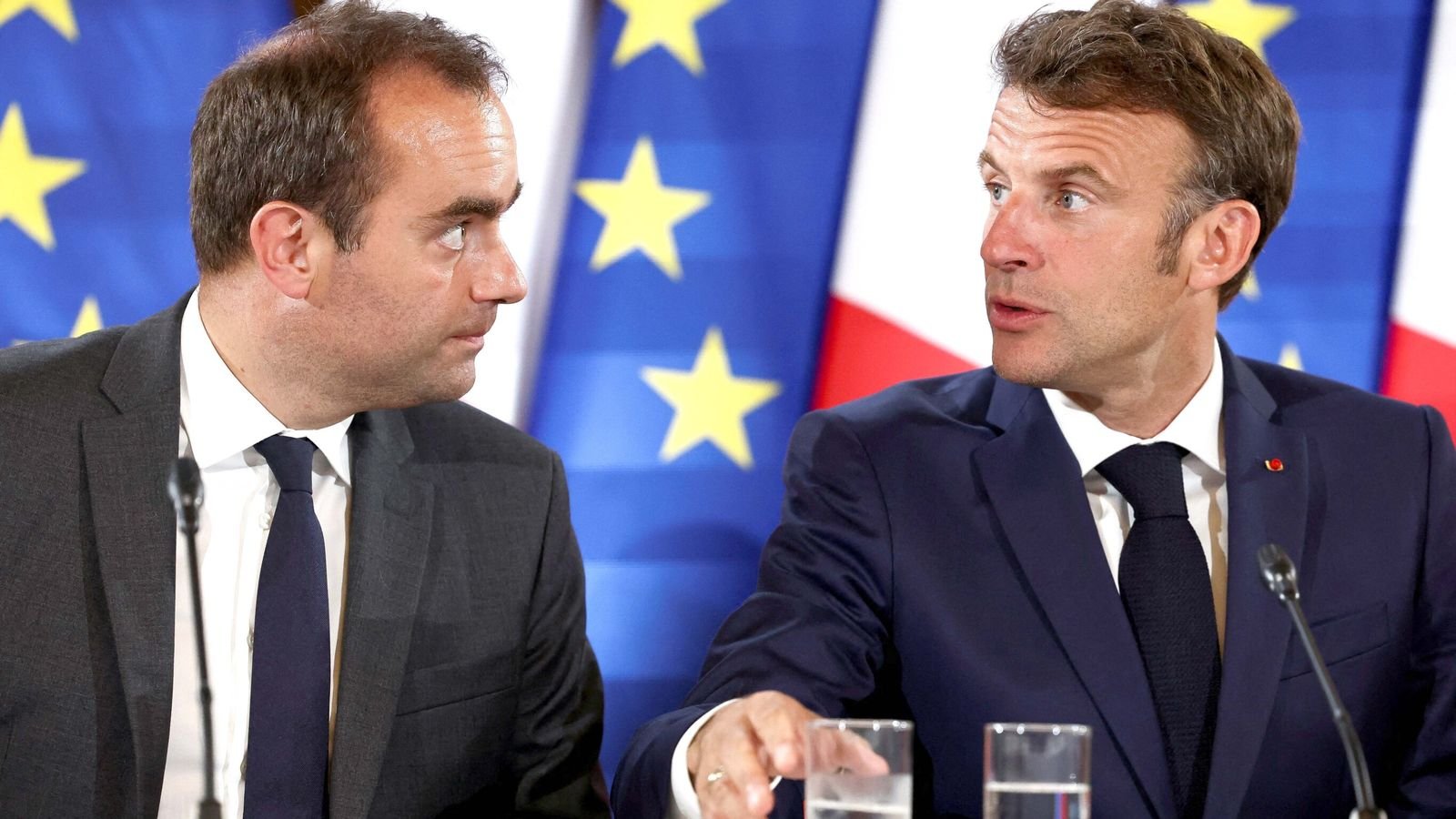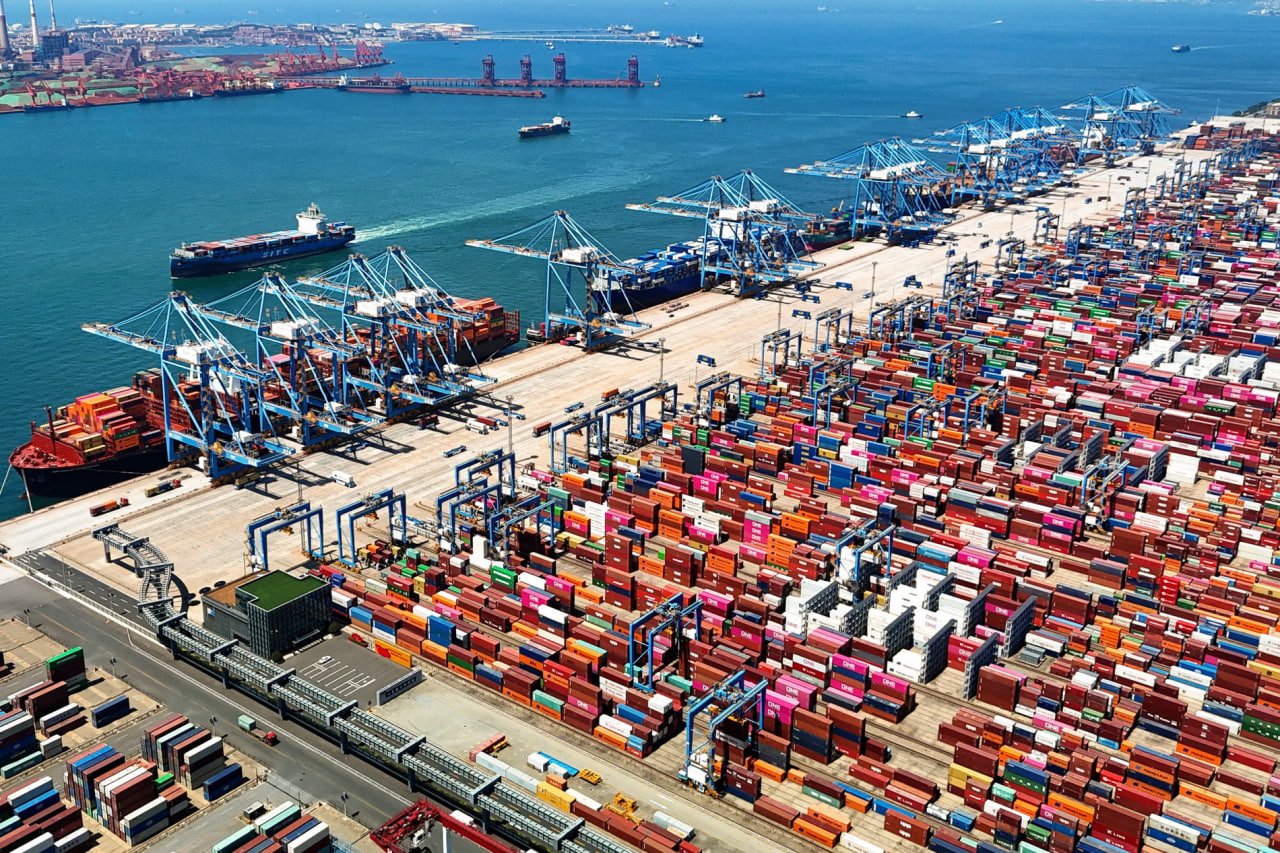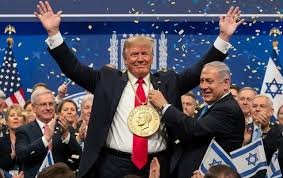August 6, 2025, marks exactly 80 years since the Japanese towns of Hiroshima and Nagasaki were levelled by US Atomic bombs during the Second World War, marking the first ever use of nuclear weapons in war.
Hiroshima was levelled when the US dropped a uranium bomb nicknamed “Little Boy”, killing about 78,000 people instantly following a surge of heat reaching 4,000 degrees Celsius (7,200 Fahrenheit) and radiation that killed tens of thousands more by the end of the year. It was followed by a plutonium bomb on Nagasaki three days later, and Japan’s surrender on Aug. 15.
Post-War Efforts
In the decades following the attacks, those who survived, called “hibakusha”, often faced discrimination as rumours spread that they carried diseases and their offspring could be tainted. Their numbers fell below 100,000 for the first time this year.
The Hiroshima and Nagasaki incident led to the Treaty on the Prohibition of Nuclear Weapons (TPNW), which entered into force in 2021, even though most nations that possess nuclear weapons have refused to ratify the treaty with Japan seeing it more as a deterrent without curbing nuclear development.
Renewed Arms Race
Global powers however seem not to have learnt from the lessons of Hiroshima and Nagasaki 80 years after. Nations have continued to stockpile nuclear weapons which points to an anticipation of its use in the not so distant future.
The Federation of American Scientists recently revealed there were 12,241 nuclear warheads across nine nuclear-armed countries, about 9,614 of which are in active military stockpiles, including around 3,912 deployed on missiles and bases.
The top countries responsible for this stockpile of nuclear weapons include: the United States and Russia who hold nearly 90%, North Korea, the UK, China, France, Pakistan, India, and Israel. The US has also constantly accused Iran of holding nuclear weapons.
The US holds roughly 5,044–5,177 total warheads, including about 1,670–1,770 deployed (on ICBMs, bombers, and tactical forces in Europe), plus 1,938 in reserve and 1,336–1,477 awaiting dismantling, an 88% decrease from its 1967 peak (31,255). Russia holds the largest arsenal, with 5,459–5,580 warheads, including 1,718 deployed, 2,591 in reserve, and 1,150 retired; ongoing modernization with many on high alert.
Belgium, Germany, Italy, the Netherlands, Turkey (under NATO sharing), and Belarus (potential Russian deployments) currently host US or Russia nuclear weapons.
Global military spending reached $2.7 trillion in 2024, a 9.4% increase with the top spenders being the USA ($997 billion), China ($314 billion). Top military equipment importers were Ukraine, India, Qatar, Saudi Arabia, Pakistan while the USA (43%), France (9.6%), Russia (7.8%) were the top exporters. This points to gradual rearmament instead of the expected de-escalation.
The New START Treaty between the U.S. and Russia, which legally caps deployed strategic warheads at 1,550 each, will expire on February 5, 2026, with no capability to extend further owing to tensions between both countries. As a result another Nuclear waar may not be too far off now.
Conclusion
It seems global leaders have not learnt any lessons from the Hiroshima and Nagasaki incident. With Donald Trump and Vladmir Putin in charge of two of the world powers, as well as Xi Jinping and Kim Jong-un at the helm of China and North Korea respectively, the dangers of a nuclear war continually loom large.



